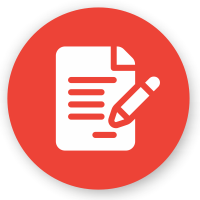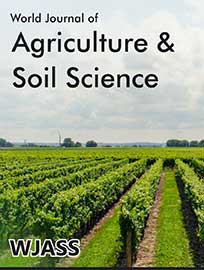 Short Communication
Short Communication
Biomonitoring of Titanium Contamination by Moss Samples
Pierre Masson*, Patrice Soulé and Thierry Dalix
USRAVE, Centre de Recherches INRAE de Nouvelle Aquitaine - Bordeaux, France
Pierre Masson, USRAVE, Centre de Recherches INRAE de Nouvelle-Aquitaine Bordeaux, CS20032, 33882 Villenave d’Ornon Cedex, France.
Received Date: March 13, 2021; Published Date: March 23, 2021
Abstract
The large applications of titanium dioxide nanoparticles may shortly cause damage to the environment. There is a need to study their release into the ecosystems because the toxic effects of titanium have not been strongly investigated. To study the exposure of TiO2 nanoparticles to environmental media, mosses were used as bioindicators. An analytical procedure for the determination of titanium in moss samples by inductively coupled plasma-optical emission spectrometry (ICP-OES) was first developed. Two digestion procedures were applied to convert various solid moss samples to aqueous solution, namely wet digestion using hydrogen peroxide (H2O2) and nitric acid (HNO3) with and without hydrofluoric acid (HF). The obtained results showed that the use of HF was necessary for plant analysis. Finally, biomonitoring study of Ti was conducted on approximately 800 moss samples collected in several sites such as rural, forest or urban ecosystems. TiO2 is ubiquitous in the environment. In order, to distinguish its sources, natural or anthropogenic, further chemical quantification of Al, Fe and Zn was conducted and implemented in a multivariate statistic model.
Keywords: Moss; Plant analysis; Titanium dioxide
-
Pierre Masson, Patrice Soulé, Thierry Dalix. Biomonitoring of Titanium Contamination by Moss Samples. World J Agri & Soil Sci. 6(4): 2021. WJASS.MS.ID.000641.
-

This work is licensed under a Creative Commons Attribution-NonCommercial 4.0 International License.






